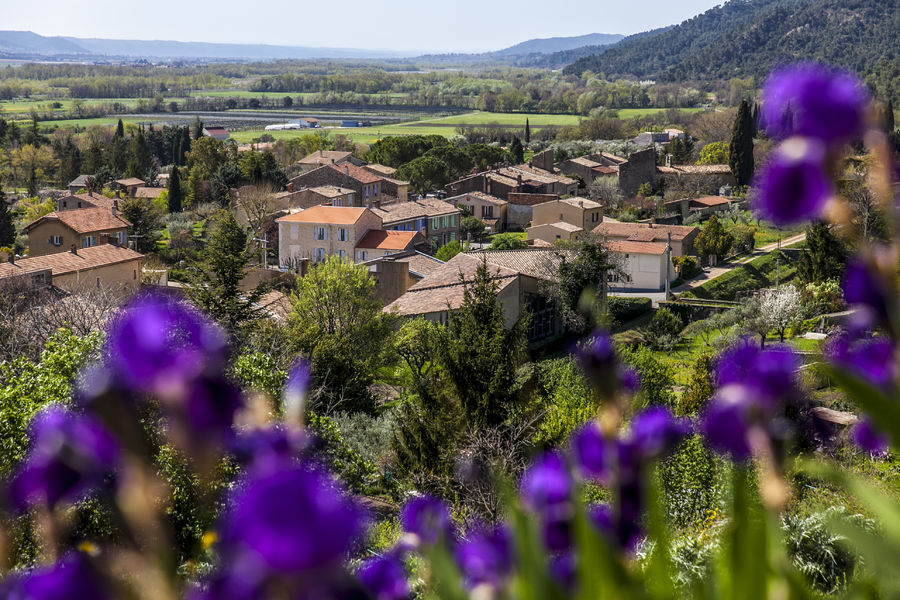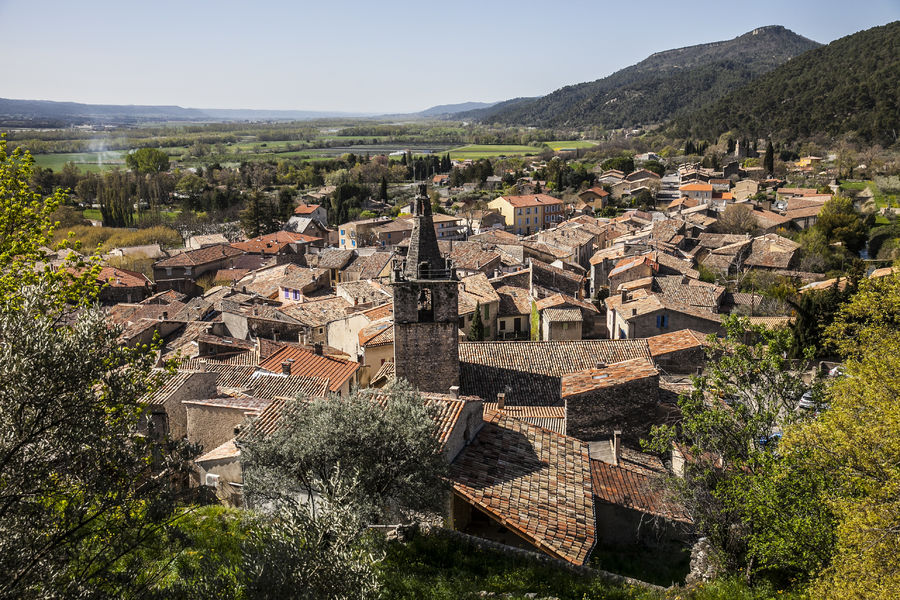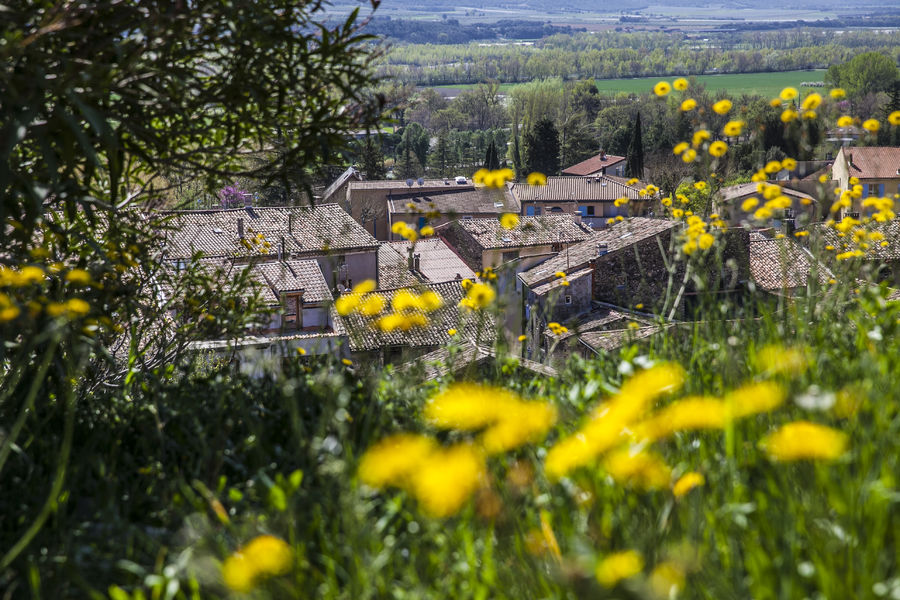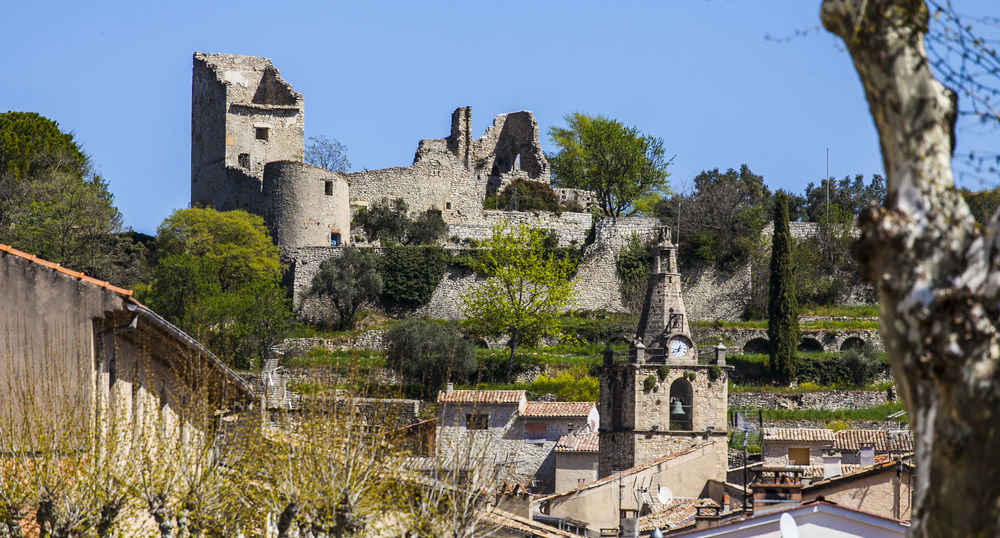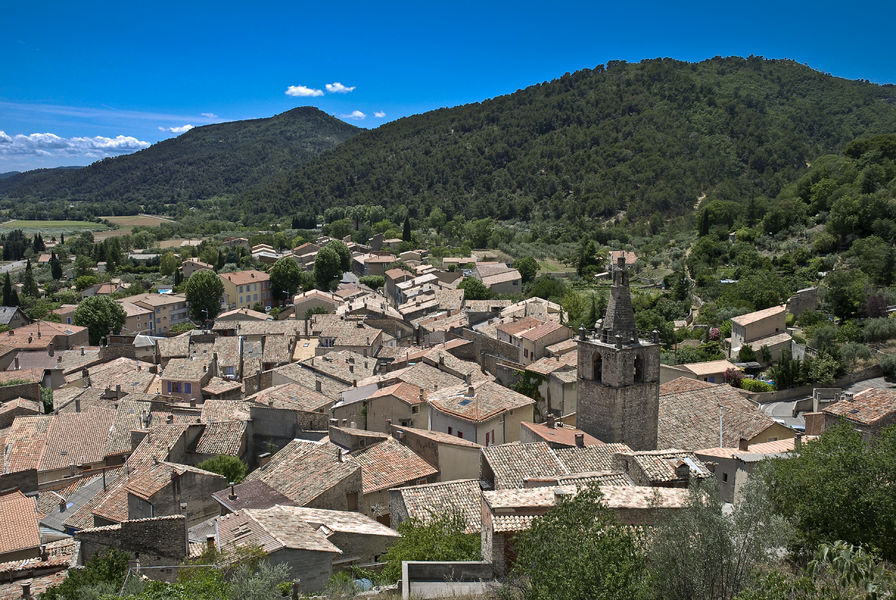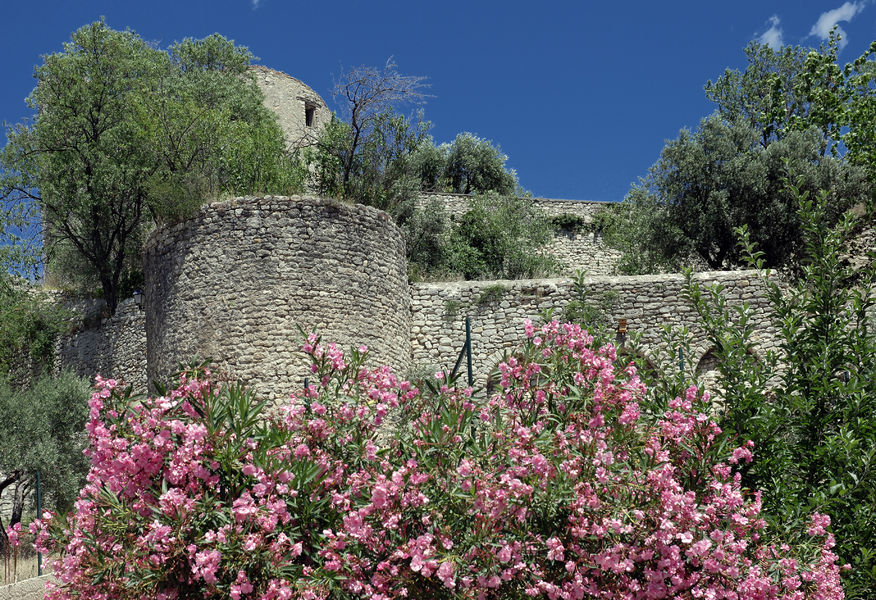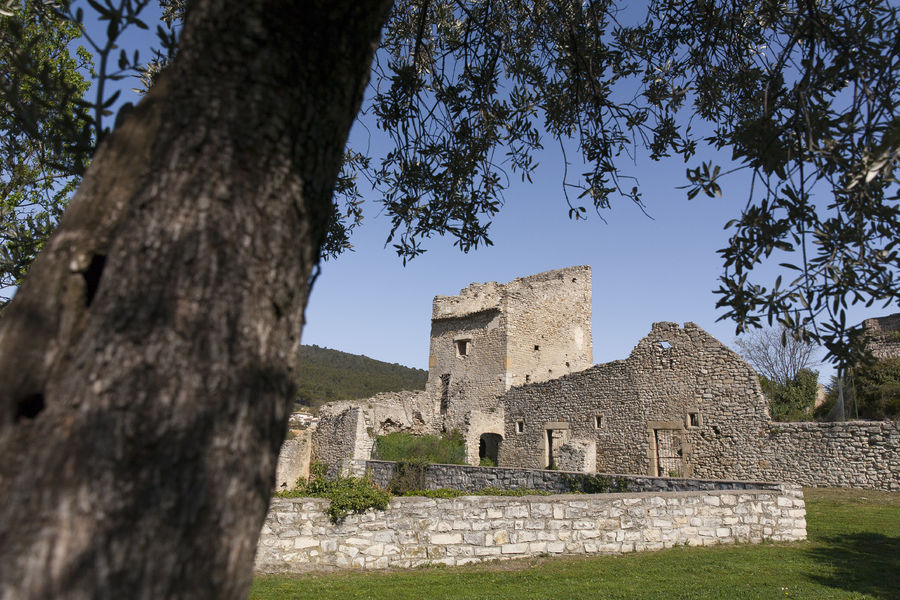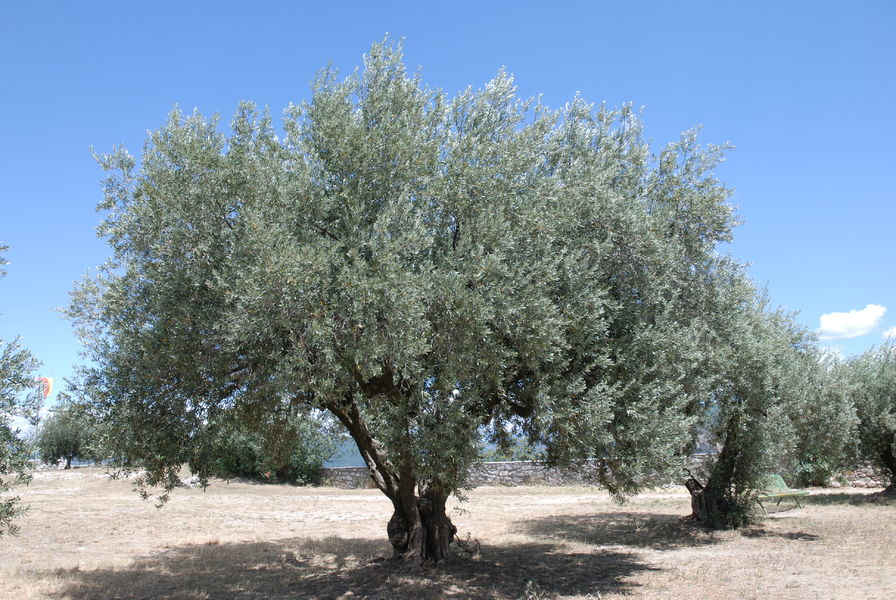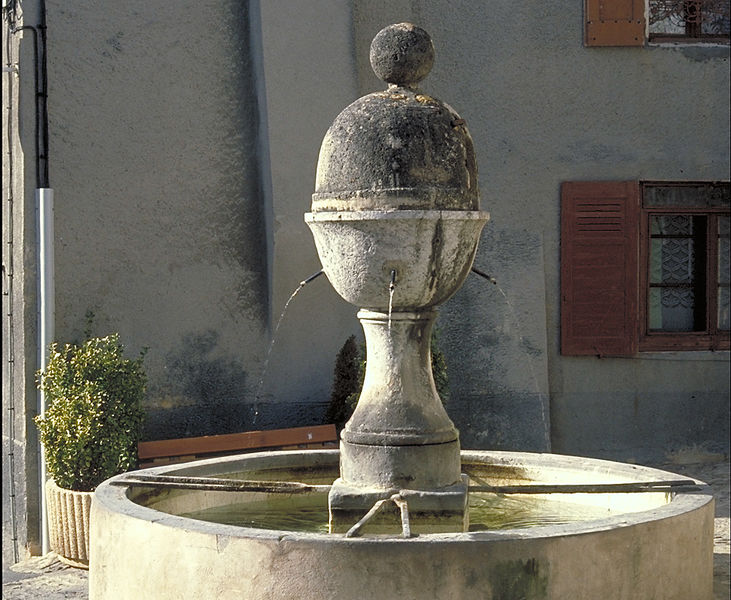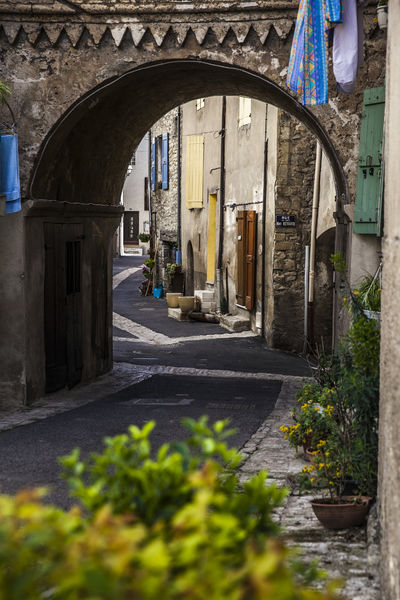Peyruis is called in provençal Peiruìs, name that either comes from Petronius Ruit, roman consul who fell down during an ambush, or refers to the rocky land (latin petra + ucium).The origins of the village date back to 2nd century.
On the right bank of the Durance river, Peyruis is located at the foot of wooded hills. The village is dominated by traces of a feudal castle, real fortress as shown by the large ruins of the surrounding wall. From the castle, destroyed during the French revolution, remains the leveled foundations and the separation wall which seems to date from the XVIth or XVIIth century. The massive ancient dungeon is still almost fully here, transformed in a pigeon shelter.
The church of Saint Nicolas
The parish church of Saint Nicolas presents elements of Gothic style (XVth century), stained glasses (XVIth -XVIIth centuries) and a set of murals quite representative of last century. By going towards Manosque you can also see the Saint-Roch Chapel which is a place for artistic expositions all year round. The chapel was built between 1720 and 1721 as a tribute to the saint who had spared the village from the plague in 1720.
Land of fountains
You can find almost everywhere in the village a fountain pouring spring water. Take some time, place of the Republic, to look at some “pétanque” games under copious plane trees, or benefit from their shade to read some of Henri Bérard’s (1869-1953) poems, one of the greatest local storyteller.
Rates
Free access.- Walkers/hikers
- Mountain bikers
- French
- Restaurant
- Public WC
- Play area
Updated on 23/02/2024 – Office de Tourisme Provence Alpes Digne les Bains – Suggest an edit
 " />
" /> 